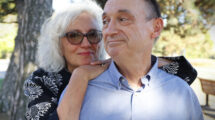The third-generation craftsmen of Lighting Nelson & Garrett have brightened the country’s most iconic places
Meeting Chris Nelson, head of Lighting Nelson & Garrett Incorporated, you would never guess he is the mastermind behind some of the most exquisite light fixtures around us.
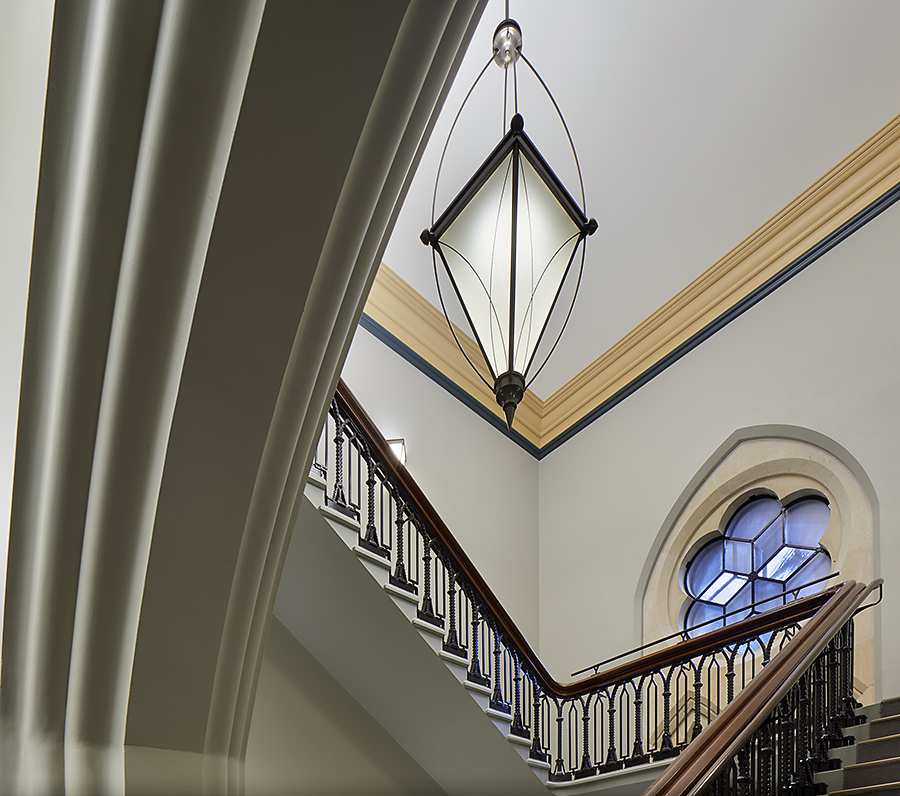
For over 100 years, his family has been making our country a little brighter and more beautiful. Their stunning artistry can be seen all around Toronto, in the Arcadian Court, in the old Simpsons building downtown, in Bay Street banking headquarters, the Automotive Building at the Canadian National Exhibition, Mount Pleasant cemetery and Toronto’s beloved Maple Leaf Gardens. Toronto’s City Hall? “My dad made the fixtures in the arches in Nathan Phillips Square.” The ones lighting the Council Chamber that look like flying saucers? “We restored them about 15 to 20 years ago.”
Countless churches across the country, including the Notre-Dame de Québec Basilica, and iconic hotels like the Banff Springs Hotel have Lighting Nelson & Garrett fixtures. So do the Royal Conservatory of Music, Yale University, Canadian embassies and the stunning Shannon Estate in Vancouver. They illuminate provincial legislatures, Queen’s University Convocation Hall and many artistic locales, such as the Stratford Festival. If you are in Niagara-on-the Lake, keep an eye out for the pineapple outside the Sign of the Pineapple shop. “That’s us,” says Chris. But “at 55-plus,” he jokes, “I can’t remember all of our projects.”
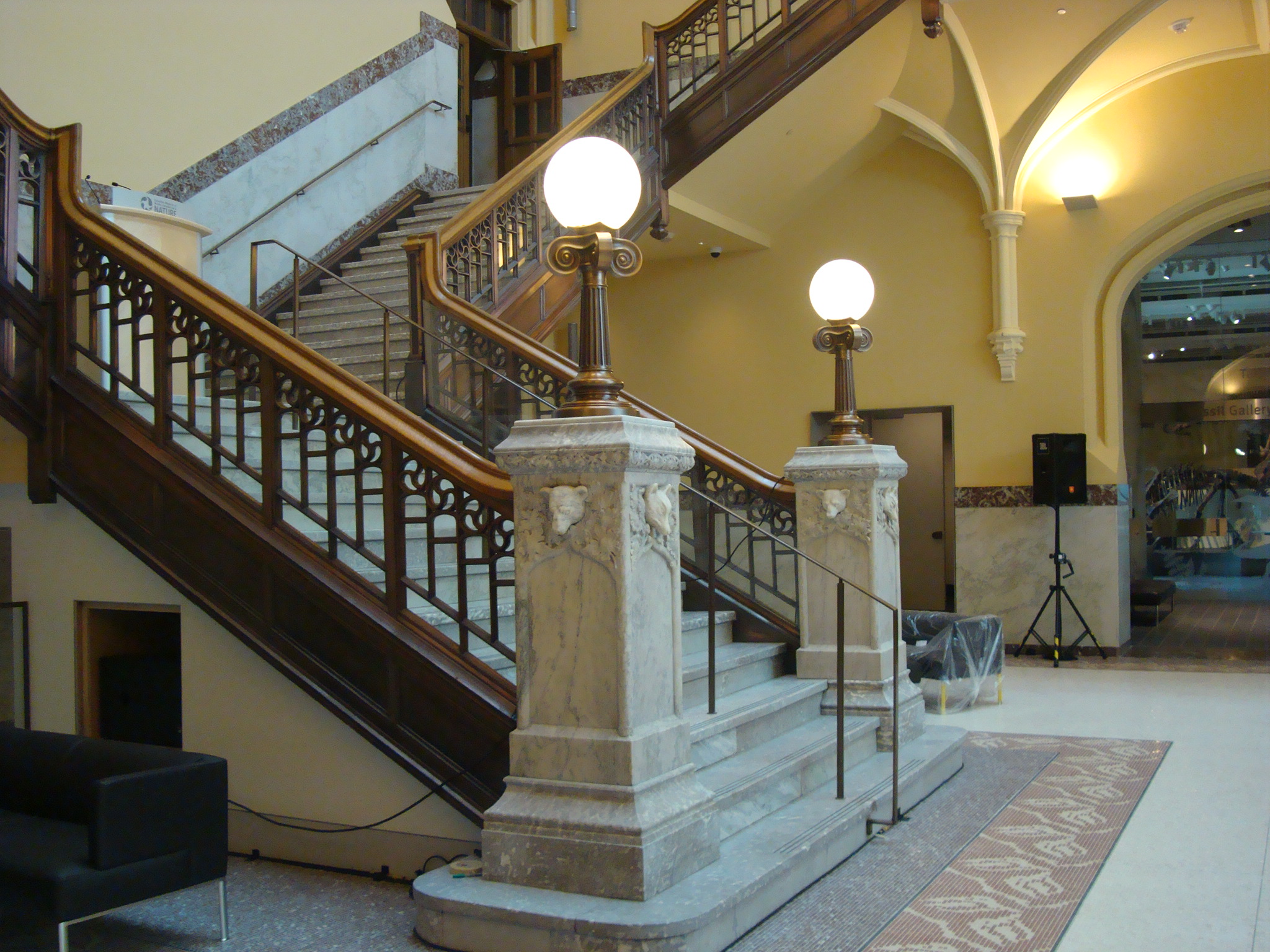
His grandfather, a trained coppersmith from Scotland, moved to Canada in 1905 and worked for a company in Hamilton. “I still have the bronze plaque from their building.” In 1918 he opened his own design company. “So that’s Samuel Nelson.”
Chris’s dad was born in 1921 and his son says he started working from the age of “probably five, like I did actually” in his father’s shop. He fought for Canada in the Second World War, came back, moved to Port Colborne and started his own company called Colonial Lighting Company.
“So that’s where I grew up working,” Chris explains. “I jokingly call it forced child labour. Then laziness took over and I just did what I knew how to do by then, because I had been working, apprenticing really, for 15 years already by the time I was 20.”
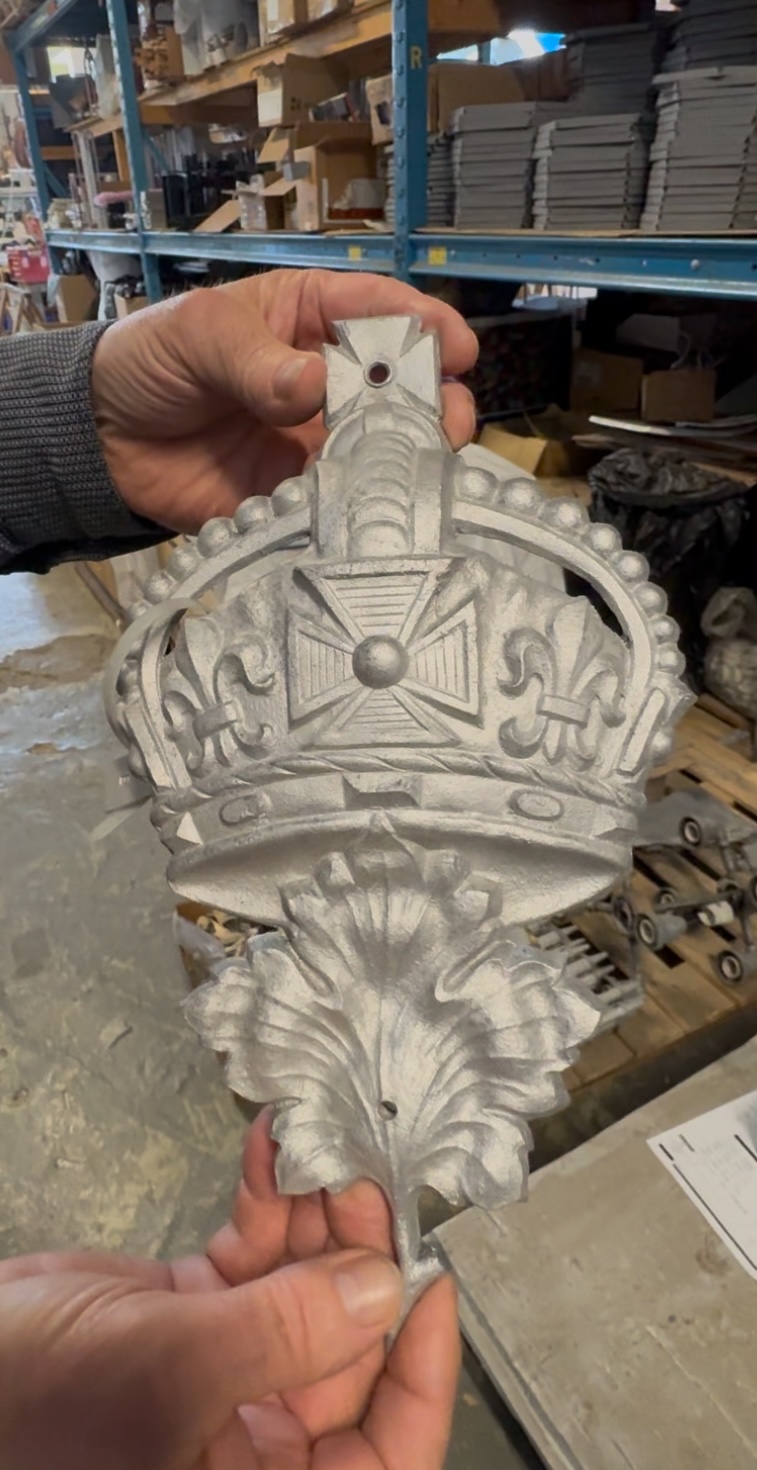
Eventually he wanted his own company. So in 1985 he moved to Toronto and a few years later Light Nelson & Garrett was launched.
His family’s artistry has spanned three generations, though. “My grandfather built two lanterns flanking College Park (in Toronto). Those were in need of repair in the 1990s and I restored them. That was a special project to me.”
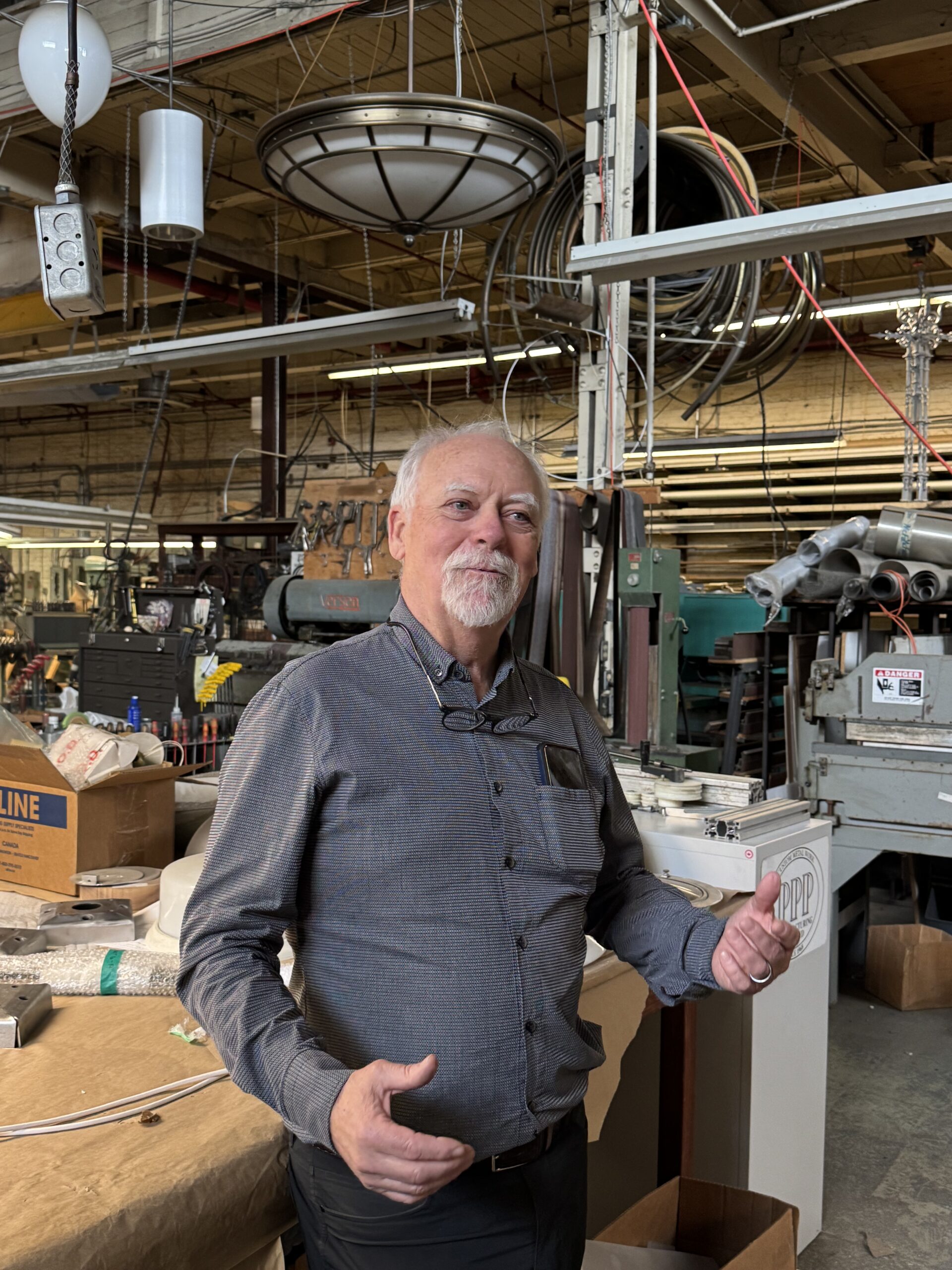
Chris has many of the old patterns, drawings and designs from his grandfather’s company, passed down from his father. “Some date back to 1918. There are a thousand pages of drawings of lighting fixtures that are all beautifully done in pencil. They are a little piece of architecture history.”
And then there is a place that is close to Chris’s heart: Parliament Hill.
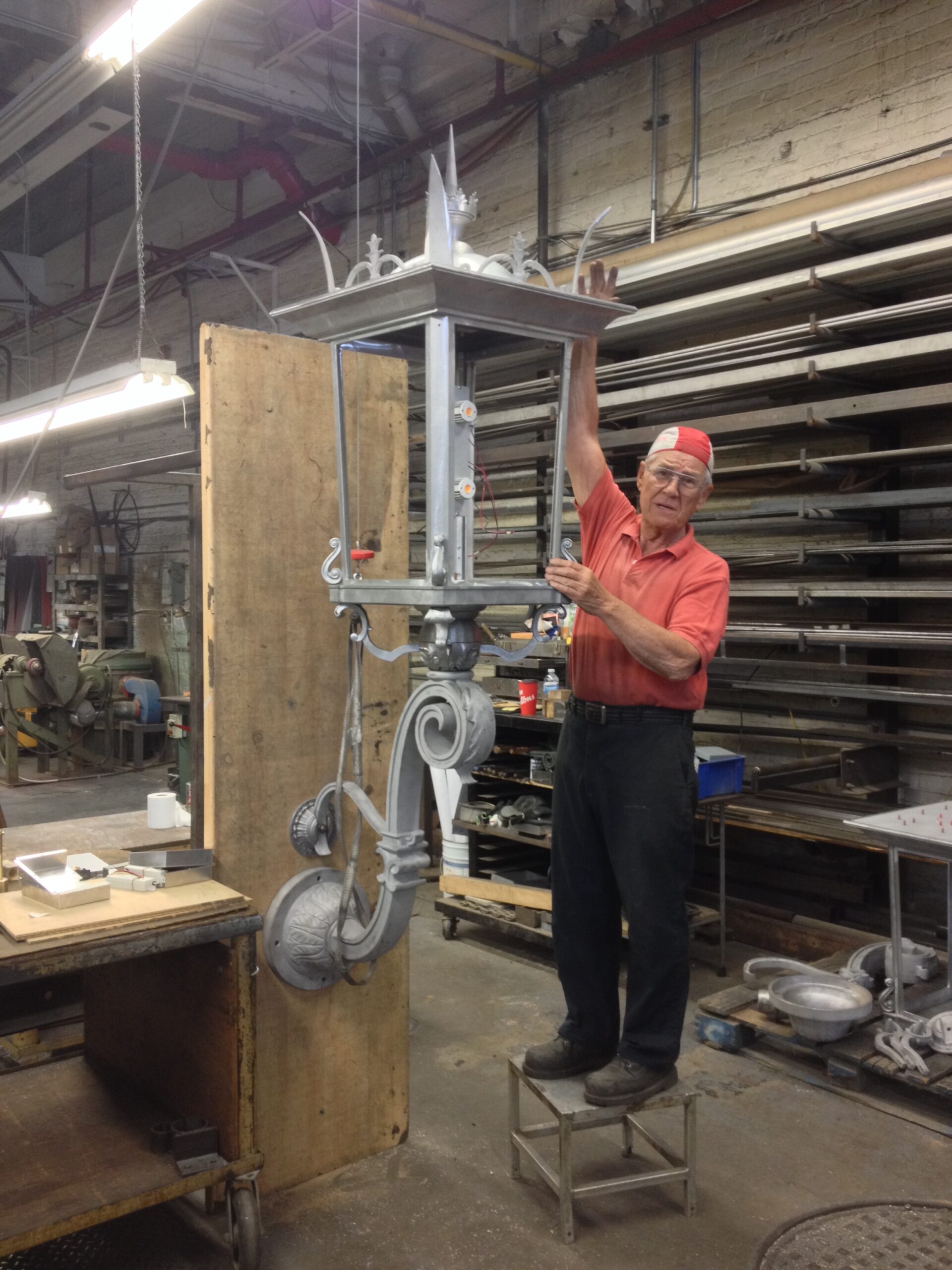
“Years ago, my dad was awarded the job in East Block and worked on the heritage fixtures in the corridors and recreated ones for the historic rooms. I was in my 20s at the time. Years later, in roughly 2016, we started working in the newly designed West Block, where the House of Commons chamber is located. All of those fixtures were handcrafted in solid brass, as they would have been built in the 1920s, with the same quality of construction but with a different design, suitable for the building and its stature.
“And now we are doing Centre Block. It is pretty magical.”
One major challenge has been taking down the massive chandeliers, piece by piece, from the Senate Chamber in Centre Block. “We discovered workers of that period had written their names in them, which makes them all the more interesting. Part of the story is about who made them. We are leaving our mark for generations to come with little coins placed inside.”
As the Centre Block refurbishment continues, more unique features are being discovered, such as the lantern that hangs from the Peace Tower entrance. “It is made from aluminum, not a common metal for the day. There are welding marks from a forklift that damaged it. I call them marks of history.”
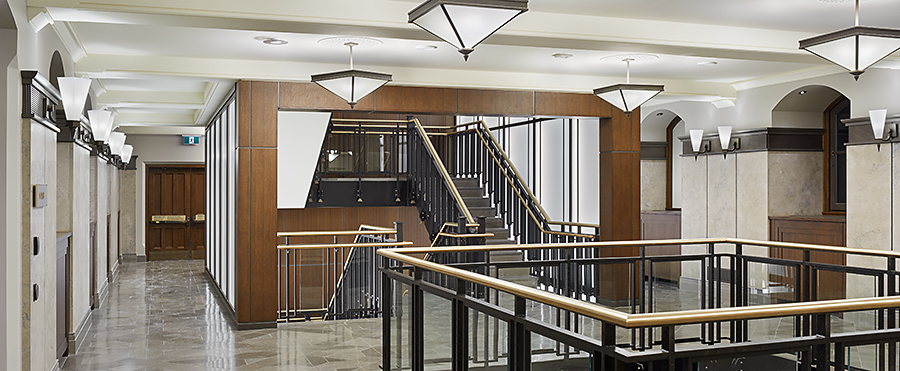
Chris’s passion for his work is palpable. “I am very proud of doing all three blocks of Parliament. I might well have retired had it not been for the opportunity to work on the third block. It is something I am particularly proud of. I was in the 20s when I worked on East Block, then West Block and now ending my career with Centre Block. It is like a dream come true.” And we get to look around and see his magic.





